Ever wonder how Facebook knows how to target the right ads to you at the right time? Or, how Netflix accurately recommends your favourite movies based on your viewing pattern.
For many, personalized experiences such as these make them feel like these brands are reading their minds… And yes, they are.
According to Forbes, Netflix runs over 250 A/B tests annually and collects information from 300 million profiles to offer subscribers personalized experiences.
Not only do these brands want to tailor their content to your taste, but they also want to offer you hyper-personalized experiences that predict your needs even before you think about them.
In this article, we explored the concept of hyper-personalization marketing and how brands can implement this marketing strategy.
Let’s dive in.
What is hyper-personalization marketing?
Hyper-personalization marketing is the process of analyzing data about customers to deliver predictive and relevant content based on their interactions and preferences.
The result is a type of strategy that allows customers to feel “seen”, valued, and more receptive to your product.
How does it work?
Hyper-personalization uses technology to gather information about customers. This data is analyzed and used to tailor content for each user.
For example, if your customer has shown interest in a specific product, you can send them hyper-personalized email recommendations of other products they might like.
In fact, this was the strategy used by footwear giant, Timberland.
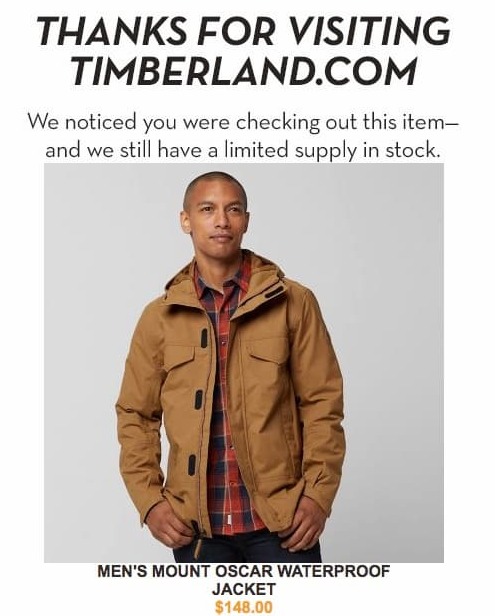
What did Timberland do right?
They took personalization one step further by recommending other products that’s relevant to their customers.
Now, I know what you’re thinking. How is this different from the traditional personalization brands are used to?
I’ll show you.
How is hyper-personalization different from “personalization”?
Although used interchangeably, the key difference between both strategies lies in the method and impact of the result.
Here’s a breakdown:
#1. Data type
Personalization is the process of tailoring the content to fit the needs of the user based on metadata like behaviour, demographics, preferences, social groups, etc.
On the other hand, hyper-personalization relies on data science, predictive analytics and machine learning to provide one-on-one interaction during a customer’s purchase journey.
#2. Marketing strategy
With personalization, brands focus mainly on customer segmentation. Tailoring user content based on habits and preferences.
In hyper-personalization, the focus is on the customer experience.
It goes beyond knowing what the customer needs, to providing them with relevant information before they even know they need it.
#3. Business goals
The goal of personalization is straightforward: to create personalized marketing campaigns.
However, the goal of hyper-personalization is more complex: to improve customer experience and increase revenue through better customer engagement.
#4. Scale of analysis
Hyper-personalization isn’t just about reaching your customers, it’s about reaching exactly the right customer with the right message.
This requires a substantial scale of data analysis.
In contrast, the personalization method depends on simple rules that analyze common user behaviour.
This requires minimal data and is almost available by default.
With this in mind, what approach should you adopt for your business?
It’ll be helpful to know that there is no right or wrong way; it all depends on your business’ preferences and budget.
Recommended Reading: Post purchase marketing: tactics and engagement strategy
4 examples of successful hyper-personalized marketing campaigns
Data-driven hyper-personalization is a powerful tool that can help brands captivate their audience.
These four examples show how brands have successfully deployed this strategy to personalize their customer experiences.
Let’s check them out:
#1. Stitch Fix’s personalized wardrobe experience
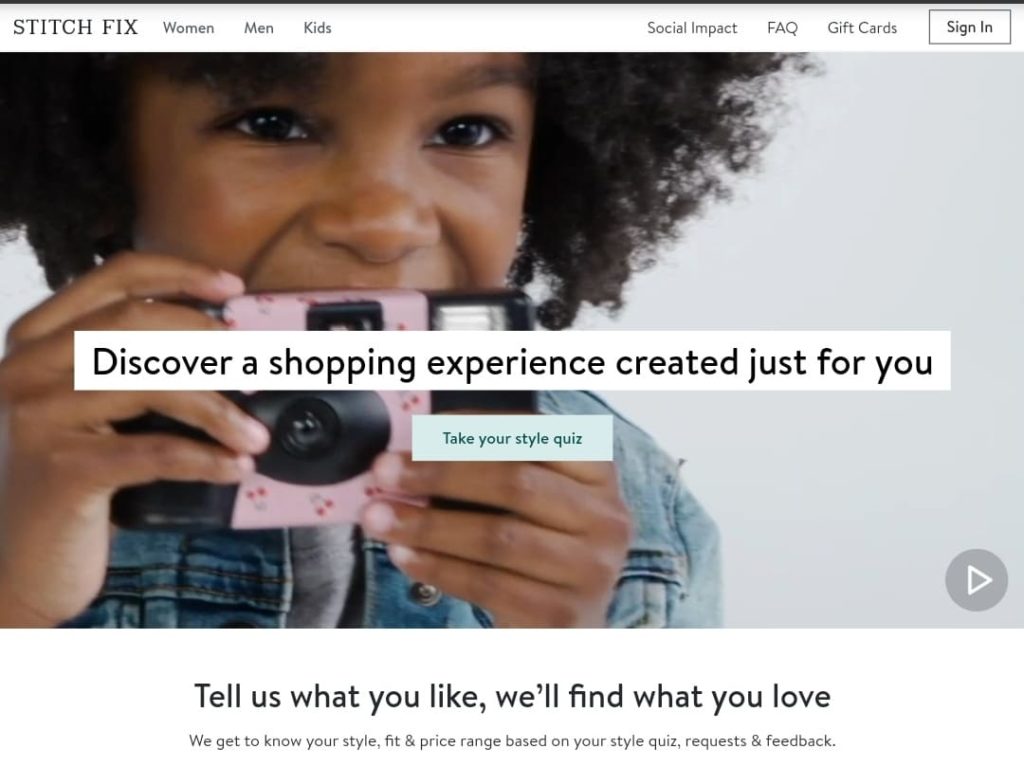
Stitch Fix created a customer-based AI system that delivers personalized style recommendations to its customers.
The company uses this algorithm to generate a style profile based on your data, including size, price preferences and taste.
With this information, they create the perfect clothing or accessory for you, which you can then try on, pay for, and send back what you don’t want.
That’s not all. With this model, Stitch Fix sold $730 million of clothing in 2016 and $977 million in 2017.
#2. Very’s weather personalization strategy

Weather-based marketing might not be new in the retail industry, but Very has tapped into this trend to provide real-time recommendations to customers based on weather conditions.
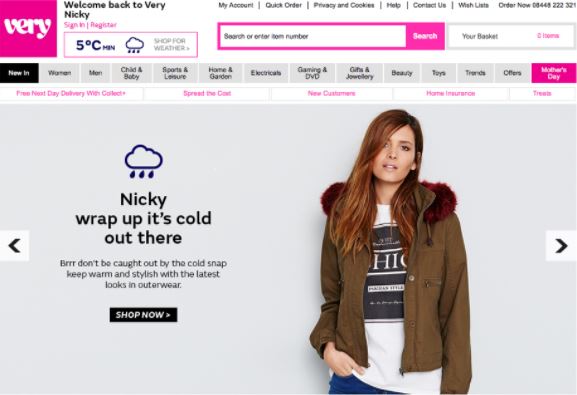
Very consider your location when suggesting clothes.
The fashion brand provides personalized clothing recommendations based on your local climate.
Whether you’re sweltering in the summer heat or caught up in a heavy downpour, there’s something for you come rain, come shine.
#3. UPS’s “UPS My Choice” program
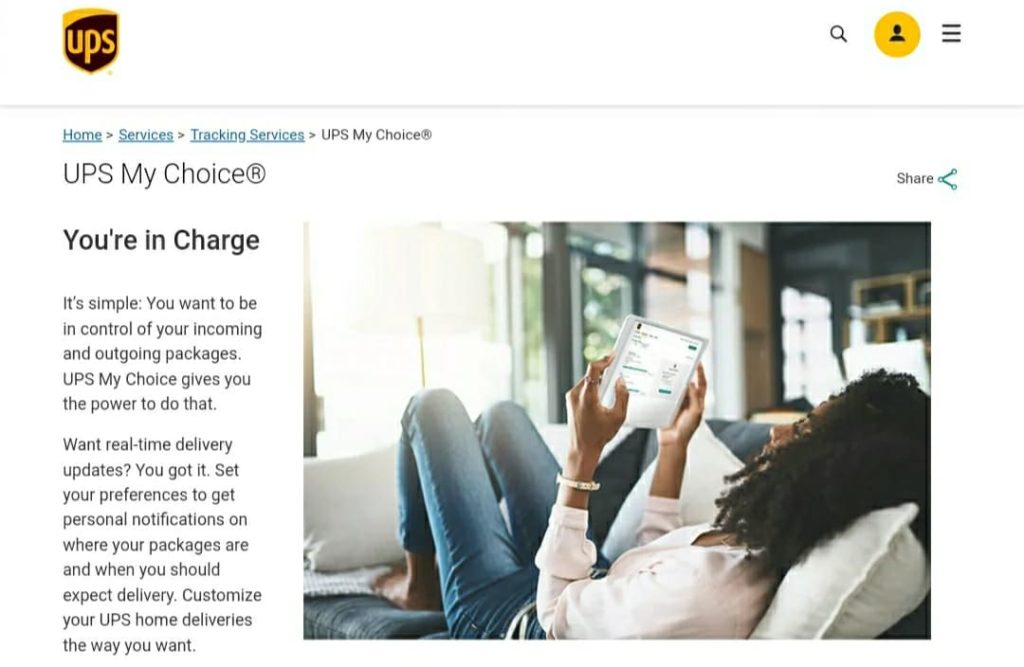
UPS created a suite of highly personalized applications for consumers to help create a seamless delivery process.
The “UPS My Choice” application allows customers to nominate delivery dates for packages.
This helps customers personalize where, when and how they want their UPS deliveries made.
In addition, UPS also allows users to automatically “time-shift” deliveries or reroute packages to any USP Access Point location.
#4. Enfagrow email personalization
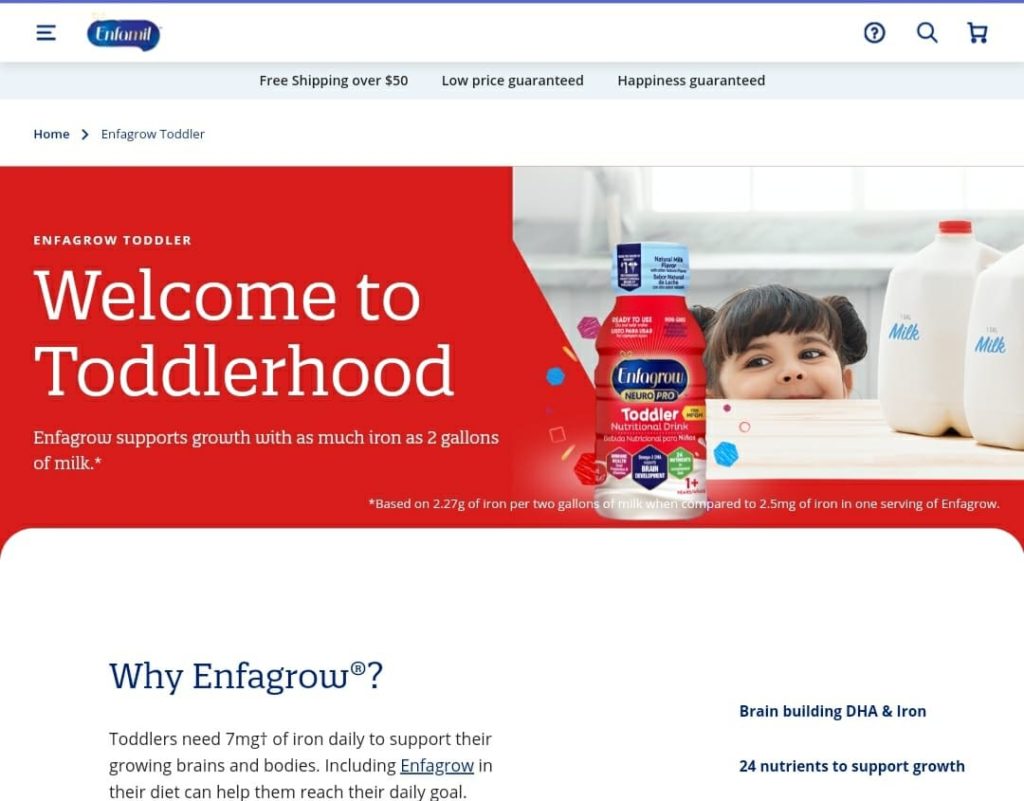
Enfagrow, a baby formula company, knows that the most important factor in keeping a child happy and healthy is frequently feeding them with high-quality nutrition.
To help with this, Enfagrow implements a unique approach that tracks each customer’s baby’s age and then sends out emails with product recommendations that specifically target that baby’s developmental stage with the most relevant content.
Also, while shopping, Enfagrow recommends products based on a customer’s needs, such as “Nursing Starter Kit for Newborns” or “Toddler Milk Powder” for babies under one-year-old.
How do you make your products hyper-personalized?

Although hyper-personalization takes different forms, here are three key ways you can use this strategy to create products or services people love:
#1. Tap into the power of storytelling
Storytelling is the foundation of hyper-personalization.
It’s both an outcome and a common theme that runs through every hyper-personalized marketing effort.
Not only that, but storytelling:
- Promotes relatability
- Makes consumers feel a part of your community, and
- Gives your brand a human touch
In 2015, easyJet created a hyper-personalization marketing campaign for its 20th anniversary.
What did they do? They put their customers at the heart of the campaign, by featuring images of their customers on their travels over the last 20 years.
That’s not all: easyJet later printed these images onto the side of their planes.
#2. Use customer feedback and review to your advantage
Customer feedback is vital for your business. This data can be used to create laser-focused recommendations that are relevant to each of your customers.
In turn, this feedback can help you achieve higher levels of engagement and customer retention.
Let’s look at how Naked Wines used this strategy:
Naked Wines developed a customer recommendation engine based on customer feedback and reviews to improve the wine-buying and tasting experience.
This enabled the online wine community and eCommerce store to suggest other wines they think customers will also enjoy based on this feedback.
#3. Provide contextually relevant content
Personalization starts with giving your customers services they find valuable, timely, and most importantly — relevant to their current (and future) situations.
This means avoiding the one-size-fits-all marketing to offer more personalized recommendations based on consumers’ previous interactions with your brand.
What does this mean for brands? Your customers want you to read their minds.
Additionally, use predictive analytics to anticipate the needs of your customers and offer them customized suggestions.
Wrapping Up
What will the future of hyper-personalization be for brands?
Over the next few years, we’ll be seeing more of the following:
- The need for personalized experiences for all users — regardless of age, gender, income bracket or any other demographic — will become both a priority and a best practice.
- Every customer-facing brand will have a hyper-personalized experience.
- In the coming years, hyper-personalization won’t be limited to websites or emails. It will extend across different touchpoints
- Details and data will continue to grow more refined, seamless and personalized

